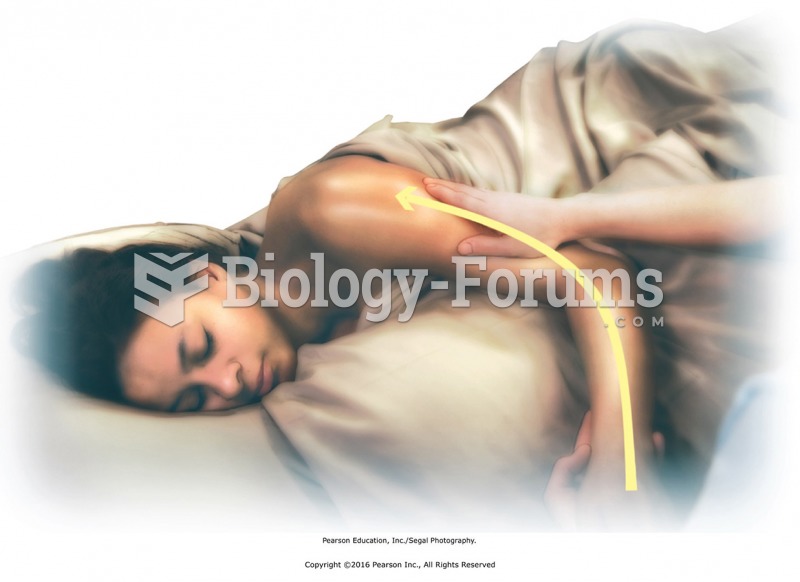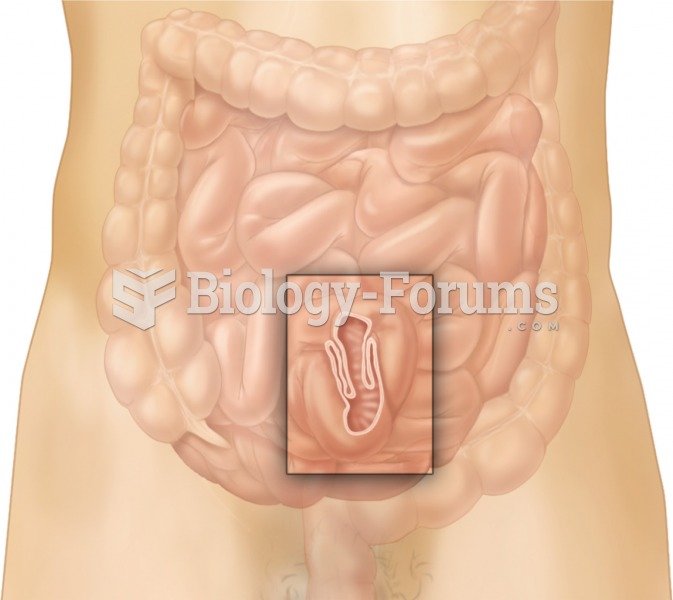|
|
|
The familiar sounds of your heart are made by the heart's valves as they open and close.
Hypertension is a silent killer because it is deadly and has no significant early symptoms. The danger from hypertension is the extra load on the heart, which can lead to hypertensive heart disease and kidney damage. This occurs without any major symptoms until the high blood pressure becomes extreme. Regular blood pressure checks are an important method of catching hypertension before it can kill you.
Approximately 15–25% of recognized pregnancies end in miscarriage. However, many miscarriages often occur before a woman even knows she is pregnant.
The eye muscles are the most active muscles in the whole body. The external muscles that move the eyes are the strongest muscles in the human body for the job they have to do. They are 100 times more powerful than they need to be.
Glaucoma is a leading cause of blindness. As of yet, there is no cure. Everyone is at risk, and there may be no warning signs. It is six to eight times more common in African Americans than in whites. The best and most effective way to detect glaucoma is to receive a dilated eye examination.
 Renal calculi (stones) can form in several areas within the urinary tract. When they form in the kid
Renal calculi (stones) can form in several areas within the urinary tract. When they form in the kid
 Mujahideen in Afghanistan stand on top of a Soviet helicopter shot down with U.S.-supplied Stinger ...
Mujahideen in Afghanistan stand on top of a Soviet helicopter shot down with U.S.-supplied Stinger ...
 Apply effleurage and petrissage on top arm. Stand in front of recipient and hold her hand with one ...
Apply effleurage and petrissage on top arm. Stand in front of recipient and hold her hand with one ...




